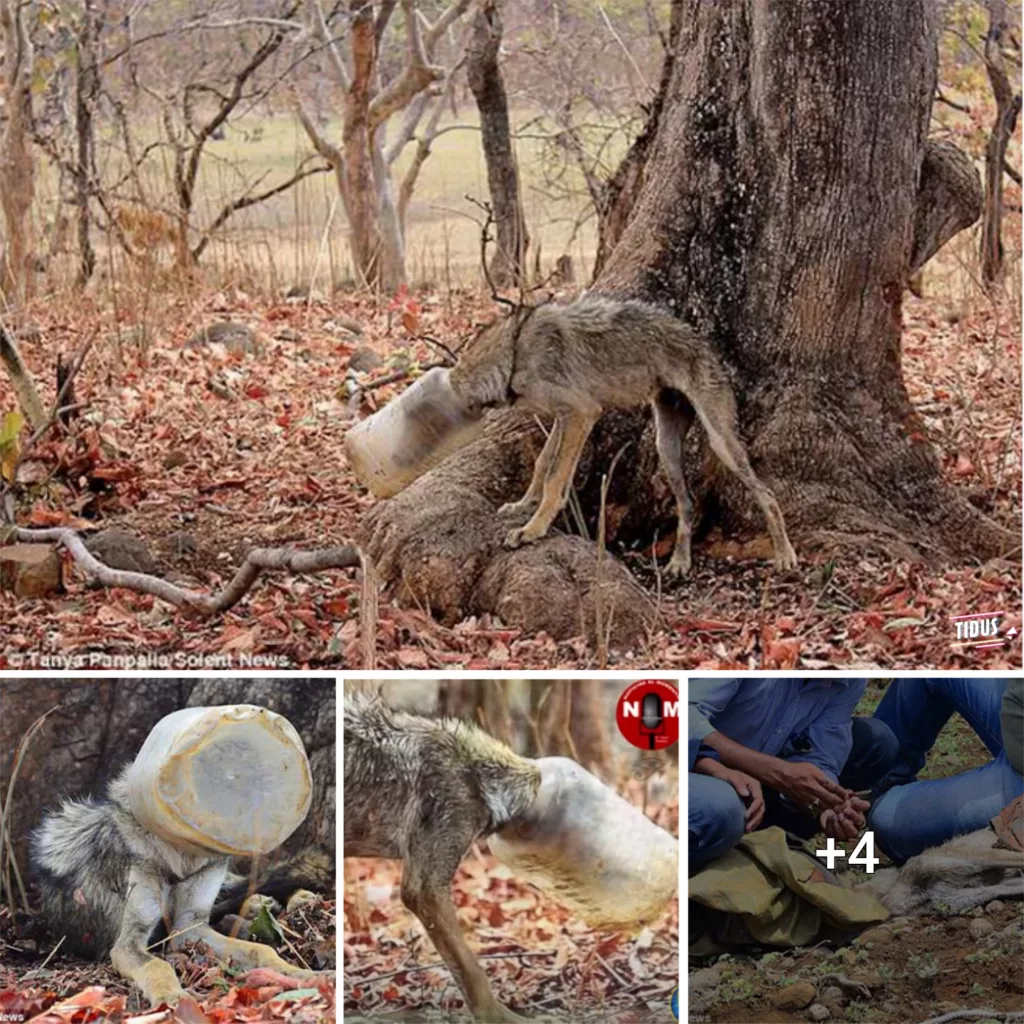In a small village nestled within the heart of a vast and wild landscape, a scene unfolded that left the residents in awe and wonder. A herd of majestic elephants, led by their matriarch, gatheredaound a lifeless calf and engaged in a solemn and touching ritual, paying their respects to the departed with an unexpected display of empathy and emotion.

The villagers had witnessed many remarkable moments in their close relationship with these gentle giants, but nothing could have prepared them for the profound sight that unfolded before their eyes. As news of the calf’s passing spread, the herd came together in a manner that transcended simple animal behavior. It was as if they understood the weight of the loss and the importance of acknowledging the life that had passed.

The elephants encircled the calf, their trunks gently caressing the small body as if to convey their sorrow and farewell. The matriarch, wise and experienced, took on a central role, her actions seemingly guiding the rest of the herd through this emotional process. Their deep rumbling calls filled the air, creating an atmosphere of reverence and solemnity.

What was even more astonishing was the manner in which the elephants demonstrated their connection to the deceased calf. They used their trunks to touch and explore the calf’s body, much like a human would touch the face of a loved one to bid a final farewell. Their actions spoke of an understanding and sensitivity that defied the boundaries of the animal kingdom.
For the villagers, this sight was a powerful reminder of the intricate and often underestimated emotional lives of animals. It challenged preconceived notions and showcased the depth of intelligence and empathy that elephants possess. It was a glimpse into a world where grief and compassion are not solely reserved for humans.

The scene also prompted discussions among researchers and scientists who study animal behavior. It raised questions about the nature of animal emotions, the bonds between members of a herd, and the potential cultural practices that elephants might share within their groups. This event illuminated the complexity of these creatures and urged us to further explore their inner worlds.
The story of the elephants’ funeral ritual reverberated far beyond the village. It touched hearts and minds around the world, reminding us of the interconnectedness of all living beings and the universality of grief. It was a poignant illustration that life, no matter the species, holds a sacred value that transcends words and boundaries.
As the villagers continue to marvel at the astonishing display of empathy and respect exhibited by these elephants, their understanding of the natural world has deepened. The bond between humans and animals has taken on new dimensions, reinforcing the idea that compassion is a shared language that unites us all.



